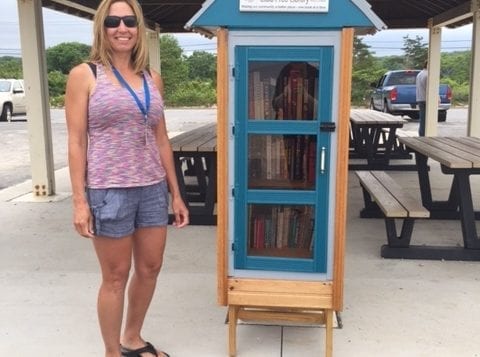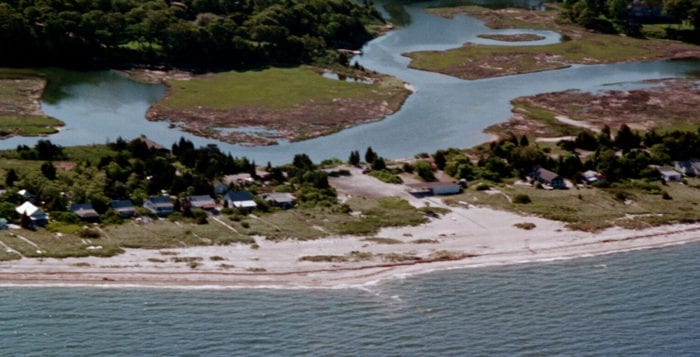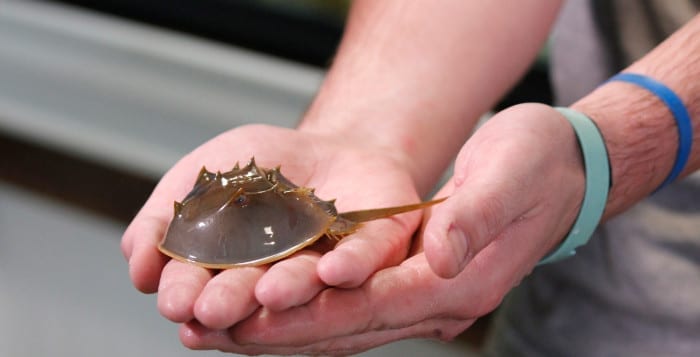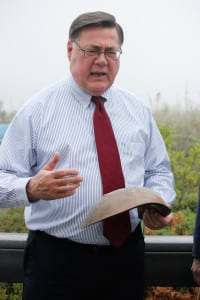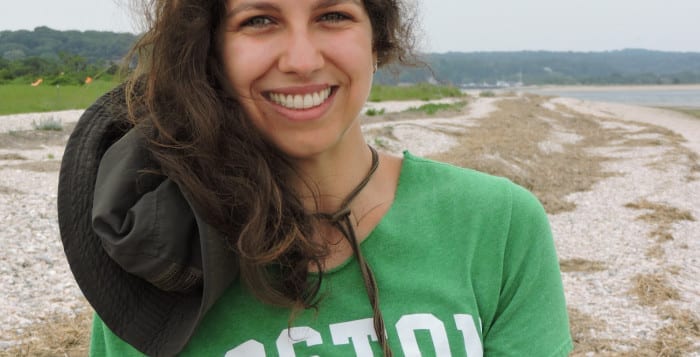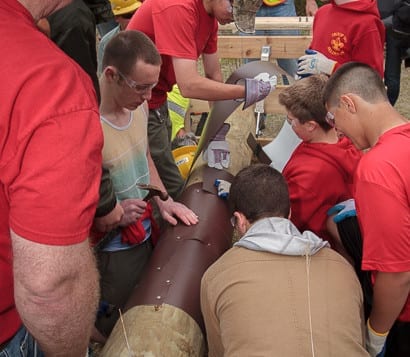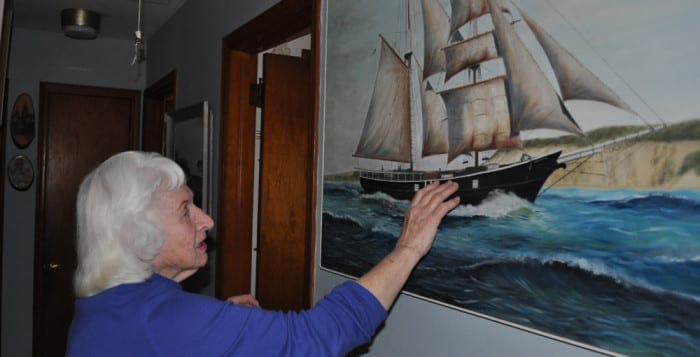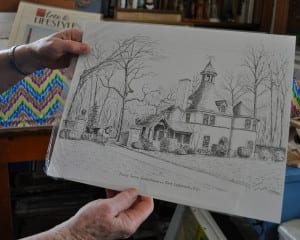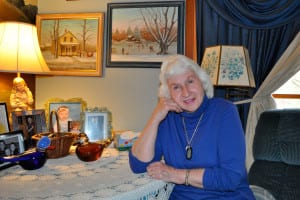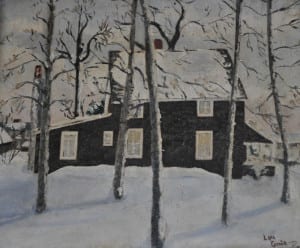By Beverly C. Tyler
From Native American hunter-gatherers through Colonial times, West Meadow Beach, West Meadow Creek and the adjacent tidal wetlands were a valuable resource.
On Saturday, July 16, an historic walk will be conducted by Barbara Russell, historian, Town of Brookhaven, and Beverly Tyler, historian, Three Village Historical Society. The walk, along Trustees Road from the pavilion at West Meadow Beach to the Gamecock Cottage, is sponsored by the Town of Brookhaven and cosponsored by the Three Village Historical Society.
Come and explore the area that sustained Native Americans and provided needed materials for settlers from the Colonial period to the present day. The walk is free and open to the public. No pre-registration required, however be on time as the walk will commence at 10:30 a.m. sharp. An exhibit in the Gamecock Cottage at the end of the walk will include artifacts gathered from the West Meadow Creek area.
We don’t know all the details about life on Long Island before the Europeans came because the people living here did not leave us a written or photographic record of their lives.
Archaeological excavations have given us most of the details of how people lived in this area as early as 5,000 years ago. One of the most famous sites in New York State was a nearby shell midden named The Stony Brook Site, excavated by State Archaeologist William Ritchie in 1955.
From archaeological digs by Ritchie and others, we know that, between 5,000 and 3,000 years ago, the native people were hunters and gatherers, dependent upon hunting local animals and gathering plants, stones, and clay for food, shelter, tools, clothes, and medicines.
The Fischetti Site, a prehistoric Indian site for manufacturing tools and spear points, was discovered during a cultural resource investigation of a proposed residential development in November 1980. Salvage excavations continued through October 1981.
The site, on the east side of West Meadow Creek, opposite the horse show grounds, was occupied by Algonquin Indians about 3,000 years ago. We know they used this location then because of the type of arrow and spear points and blades recovered. The major activity here, on the edge of Stony Brook creek, was making stone tools. We know this by the large quantities of stone flakes and roughed-out stones.
The almost total absence of food remains at the site shows that this was not the location of a village. However, a village site, The Stony Brook Site, did exist about 800 yards to the south, along what is now known as Aunt Amy’s Creek, during the same time period.
For thousands of years the Indians used natural resources, wood, stone, and animals, to make their housing, tools, and clothing. About 3,000 years ago, their way of life changed with the introduction of three things: pottery, the bow and arrow, and horticulture (farming). Like the earlier Indians, the Woodland Indians continued to rely on natural resources.
The artifacts taken from The Fischetti Site are part of the collection of the Three Village Historical Society. Artifacts from the Ritchie site are a part of the collection of the New York State Museum.
Beverly Tyler is the Three Village Historical Society historian and author of books available from the Three Village Historical Society.

